


LEARN FROM A PRO: SAFARI PHOTOGRAPHY TIPS
Andrew Macdonald is a professional photographer who produces photo and video content for Time + Tide. His work spans wildlife, landscape and lodge photography. Originally hailing from Scotland, he has spent years working across the African continent. He is currently based in Scotland and frequently travels to the bush and beach to capture the magic of Time + Tide’s family of properties.
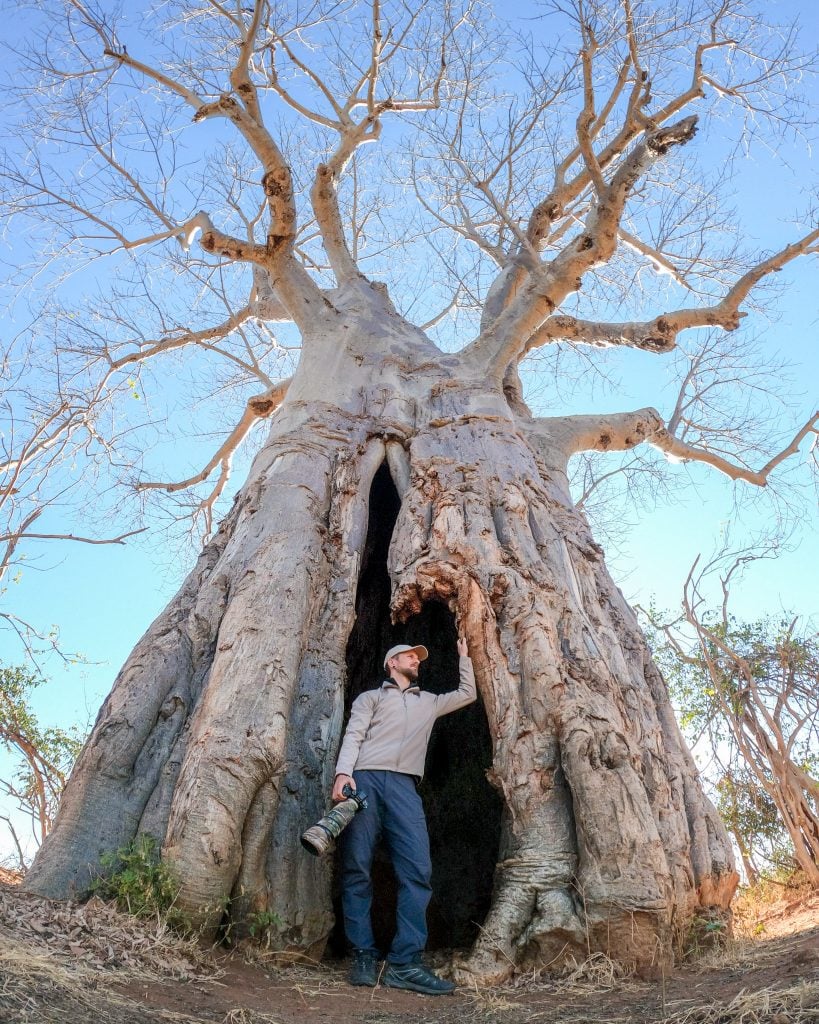
With photography gear there is a reason that certain gear is so much more expensive than others. It simply performs better and can take your photography to the next level. Expensive gear will, however, only take a photograph as good as the person behind the camera. The main thing about photography is that you enjoy the process and the places it takes you, regardless of how much money you have spent on equipment.
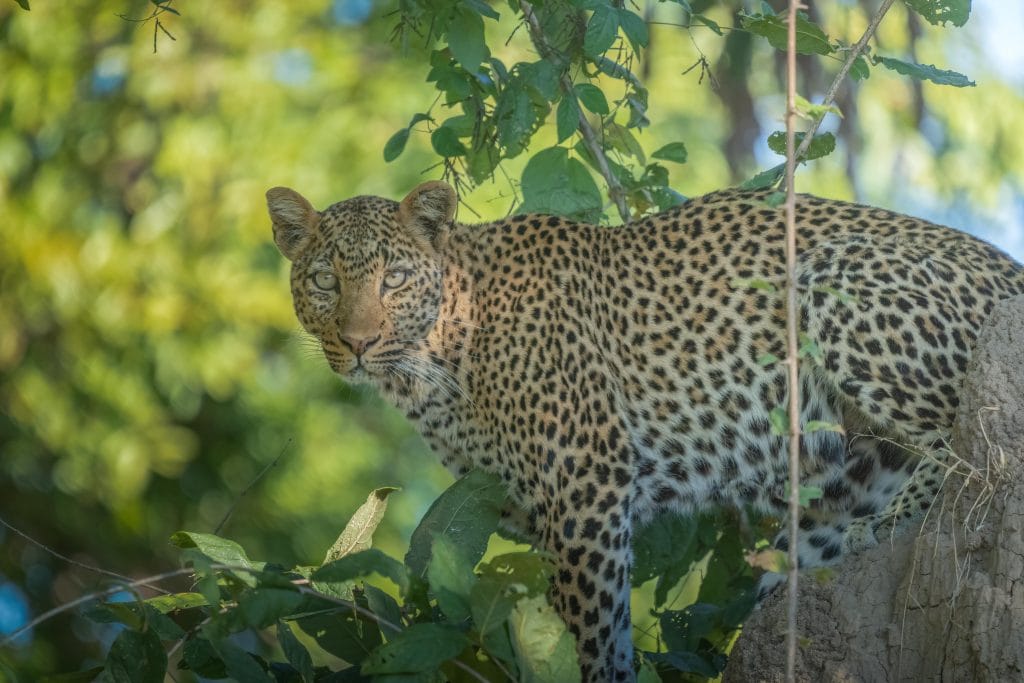
TIPS FOR GEAR
- A good camera bag is a must. You have spent a lot of money on your gear and it’s important that you protect that investment. While out on safari, you will be on bumpy roads, climbing in and out of small planes and generally moving around a lot, so a padded camera bag helps keep gear safe.
- A long telephoto lens is quite essential. I shoot with a 200 – 600mm lens and I have also used 100 – 400mm. I also carry a 1.4x teleconverter just to get that extra push when I need it.
- Invest in a good cleaning kit, they are relatively cheap and it can get quite dusty in the bush. Be sure to use a lens pen and air blower to remove dust before using cleaning cloths to avoid scratching the lens.
- Keep a few resealable plastic bags on hand for storing lenses, filters and other small gear when not in use. Your camera bag provides some protection, but dust is a nightmare for your gear. Extra precautions are always a good idea.
- A lightweight tripod designed specifically for travelling can be very useful in low light conditions or for any filming you may want to do. They are also essential if you plan on capturing any night sky photography. The bush is one of the best places thanks to no light pollution.
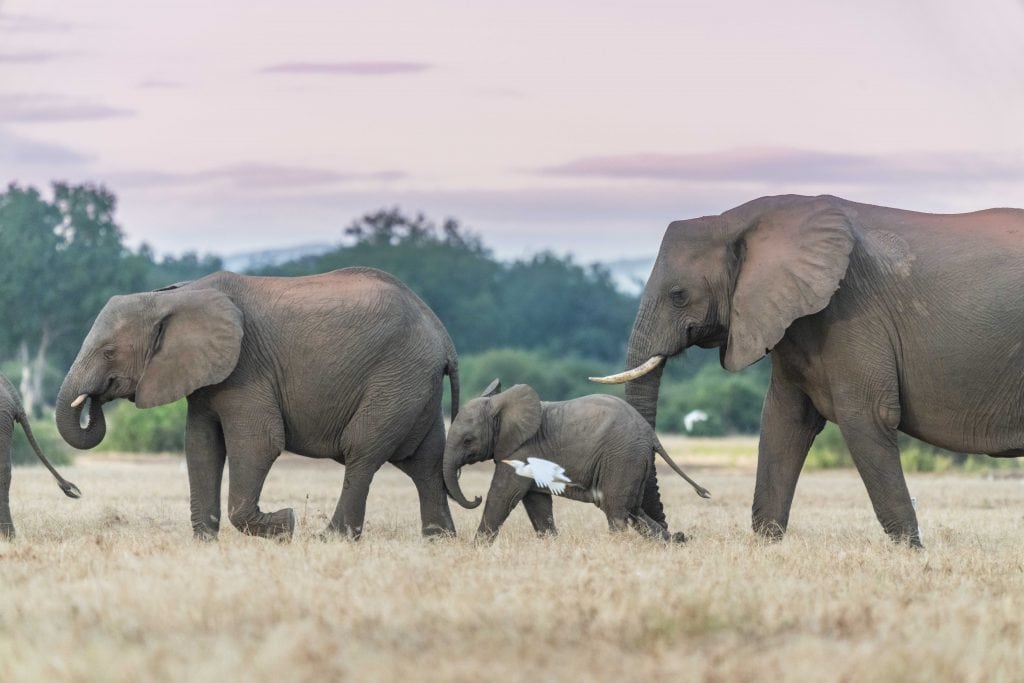
TIPS FOR USING YOUR CAMERA
- In most situations, keep your aperture (aka f-number or f-stop) as open as possible, meaning as low a number as your lens allows. This will let as much light as possible into the lens and give you a faster shutter speed to freeze faster movements by animals. It will also give you a faster shutter speed in low light.
- Aperture impacts an image’s depth of focus. A low aperture means the animal will be sharp, but the background will be more blurred. If you are shooting a wider shot of an animal and also wish to have some focus on the landscape, increase the aperture to 7 or 8 to have more of the overall image in focus. Just remember your shutter speed may be slower so you will need to increase your ISO.
- The ISO determines how sensitive the sensor is to the light entering the camera. Your ISO should always be as low as possible. The higher the number, the more ‘noise’ or grain will be visible in the image. However, in lower light you will need to increase your ISO in order to gain the faster shutter speed generally needed to capture motion.
- I shoot mainly in manual mode and I keep my aperture as open as possible, I can then easily adjust my shutter speed to suit what my subject is doing. If a leopard is sitting I can drop to 1/500 and if the leopard starts to move or run I can quickly adjust to 1/1000+ to freeze motion. My ISO is set on auto to adjust to these changes.
- This is where gear investment comes into play. A more expensive lens will allow for a lower aperture and a more expensive body with a better sensor allows for the best quality images shot with a higher ISO.
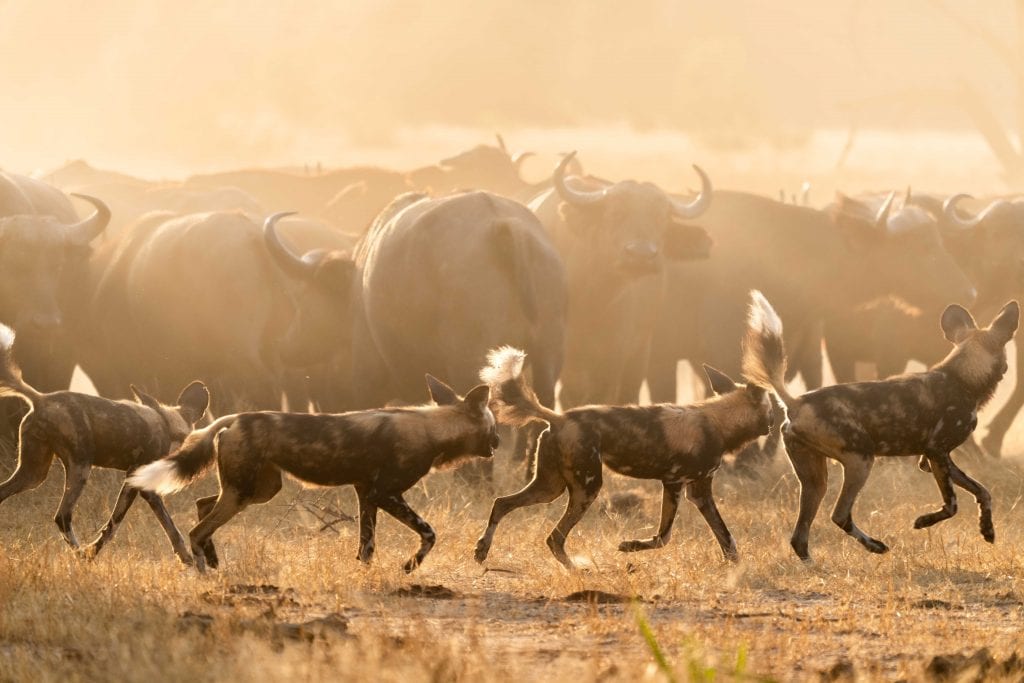
TIPS FOR CAPTURING YOUR SAFARI
- Respect the animals, always. A good guide will recognise when an animal is not happy with your presence. Never push an animal.
- Shoot the majority of your images in the soft golden light that occurs an hour after sunrise and an hour before sunset. Although, that doesn’t mean you shouldn’t photograph during other times of day. Challenge yourself to find nice images outside of the golden hours. Search for interesting compositions, new angles or embrace harsher light and make that a deliberate aesthetic choice.
- Have patience. Sometimes I have sat beside lions for over four hours just waiting for that golden hour light.
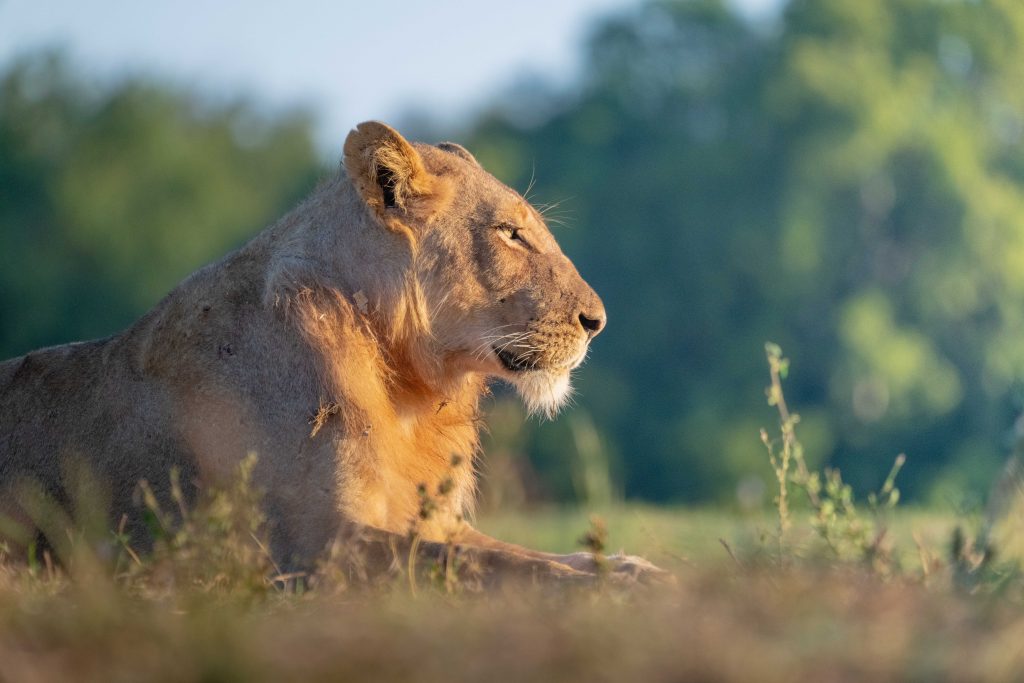
- Get up early, very early. Ideally you want to have found your subject well before sunrise so that you are ready for the best light.
- Think about your composition while framing your images. In most instances, it works much better to have your subject slightly off centre. The Rule of Thirds is very handy for all types of photography. Your camera may have a setting that shows markings for the thirds in your viewfinder to assist in your composition.
- Having two or more subjects in an image can also make a big difference, whether they are the same or different species. This adds a dynamic quality that draws viewers in.
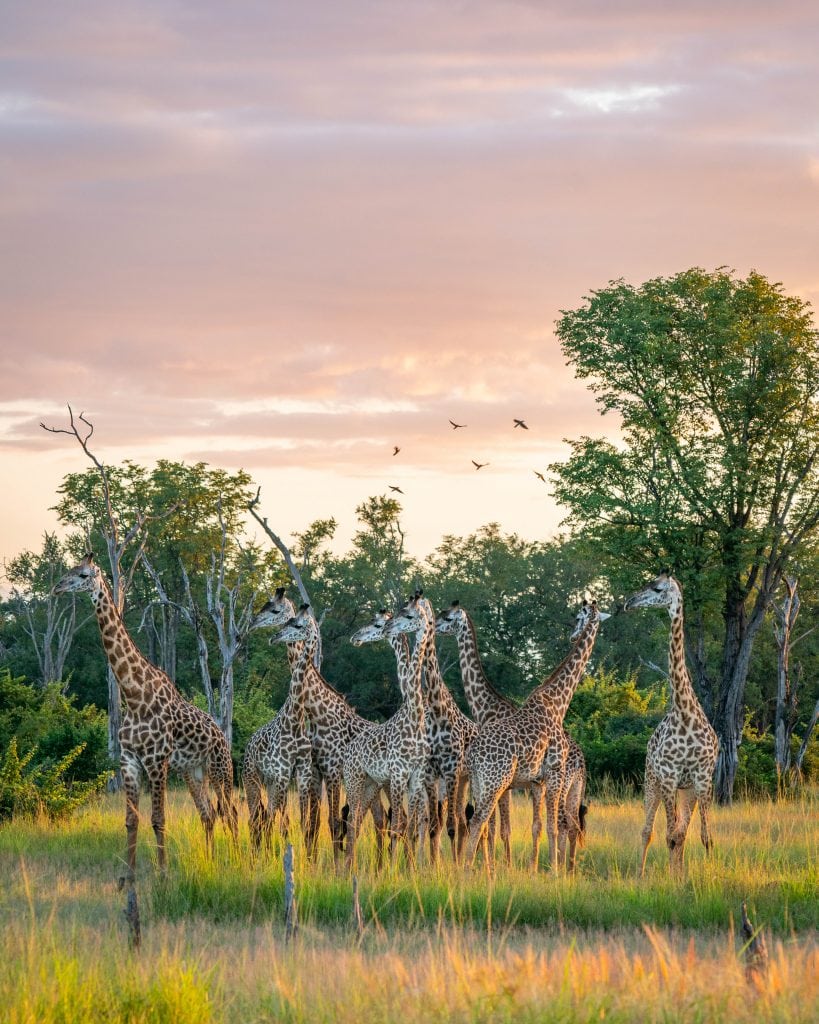
- When capturing a group of animals, always keep an eye on what’s going on around you. Stay aware of what is happening out of frame. You might miss a beautiful image if you fixate on one animal.
- If and when possible try to shoot at a different level. If you can get your camera as close to the ground as possible, the different perspective will give your wildlife photography a lot more drama and engage the viewer more, making them feel like they’re a part of the scene as it unfolds.
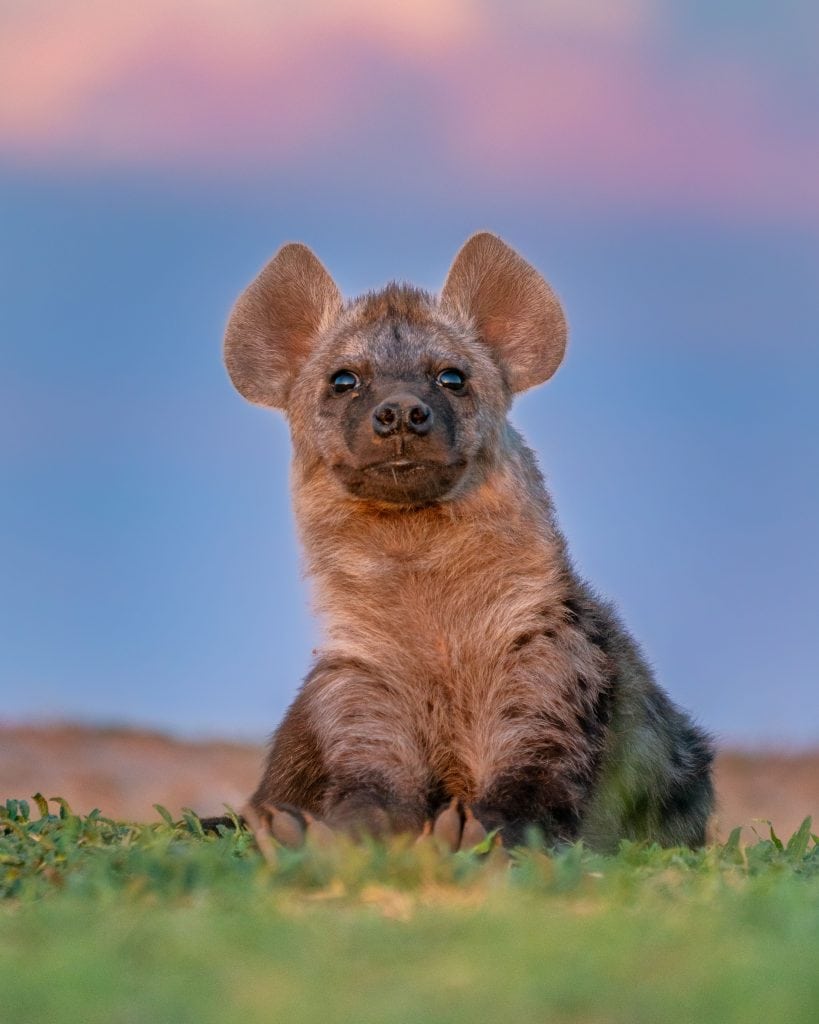
- Knowing animal behaviour or having a guide that does will allow you to better predict what the animals will do so you can position the vehicle accordingly.
- Try to capture emotional moments or moments of connection between animals. We relate best to images where we can see bits of ourselves. This could be two lions greeting, a touching moment between two elephants, a mother and baby interacting or impalas grooming each other.
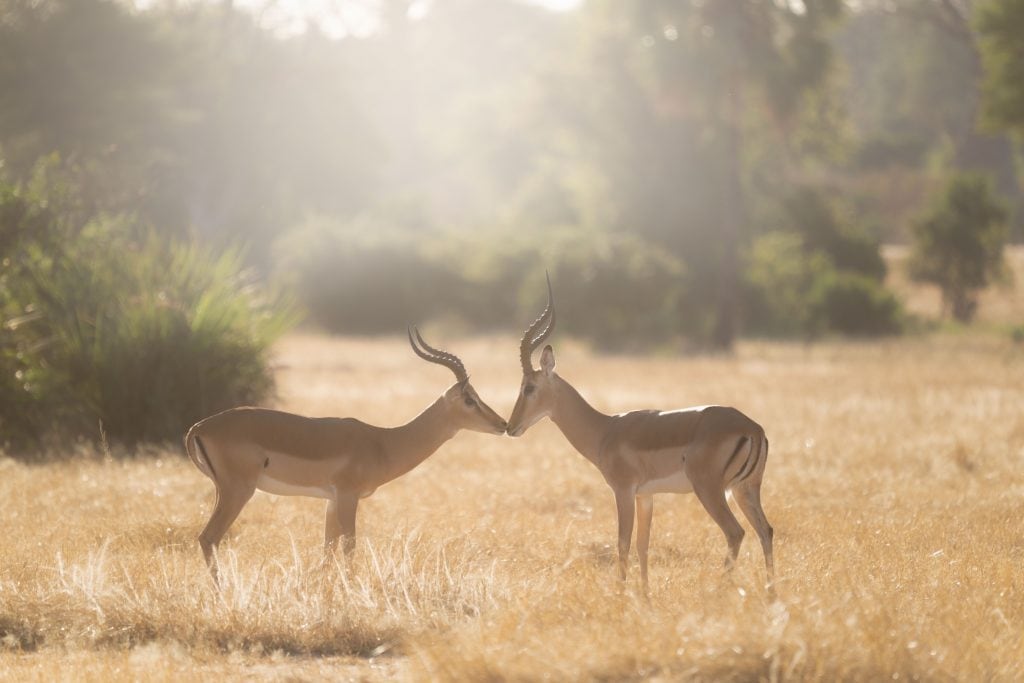
- Practice! The more you shoot the more you will realise what NOT to shoot in the future. You will find yourself deleting hundreds if not thousands of images with animals sleeping, doing nothing, in poor light etc. You have to go through this stage to understand what makes the best photographs. Spend time practicing with your gear before your safari. Head to a local wildlife sanctuary and practice using your camera, so you can efficiently change settings on the fly. Identify the best moments to capture and understand how different conditions impact which settings are best.
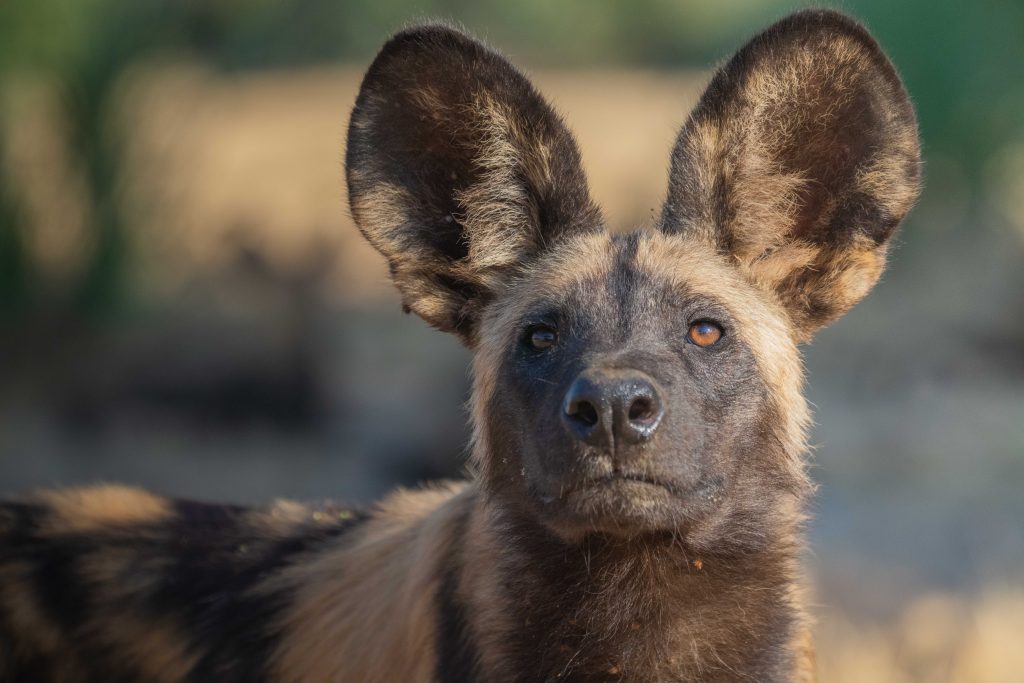
- Most of all, make sure you view and appreciate the wildlife with your own eyes, not just through your viewfinder, especially if it’s your first safari. Put your camera away, sit, listen and take it all in.
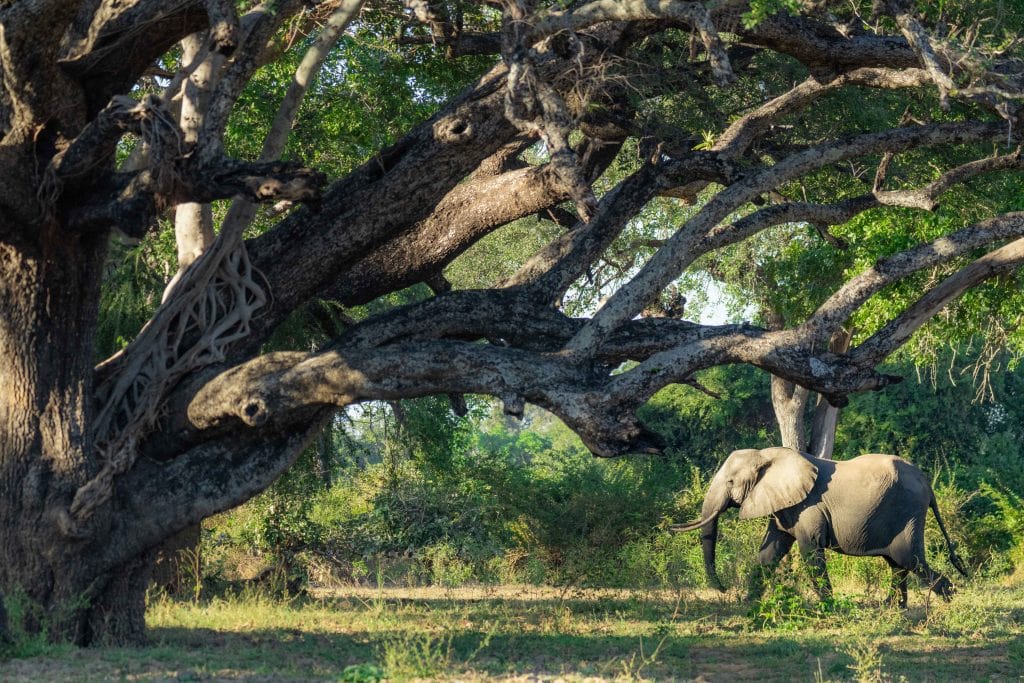
Whether you’re a budding safari photographer, or a seasoned pro, we hope that with the help of our expert in-house photographer, Andrew, you have left with some useful tips for your next safari adventure. Make sure to follow us on Facebook and Instagram for more inspiring wildlife photography moments.
FOLLOW THE ROAD LESS TRAVELLED
Book your own safari and experience Zambia with us
travel@timeandtideafrica.com
or contact your current Time + Tide travel designer
